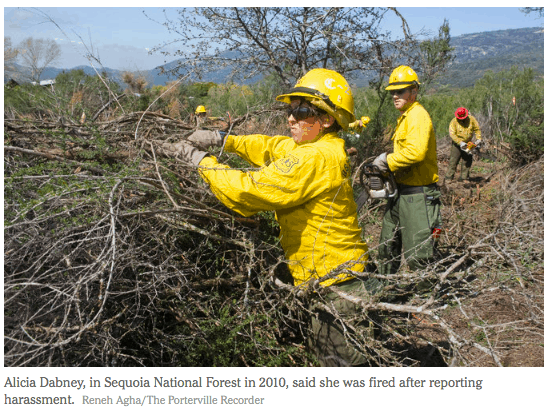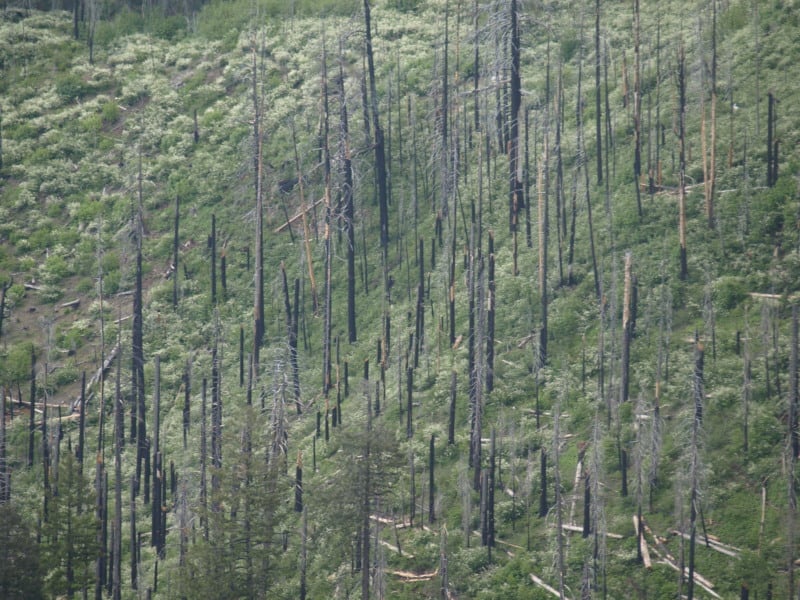New paper by Jerry F. Franklin & K. Norman Johnson in Biodiversity and Conservation:”Lessons in policy implementation from experiences with the Northwest Forest Plan.”
Abstract: Approximately 20 years ago, the preeminent goal for management of the federal forests of the Pacific Northwest shifted suddenly and permanently from sustained timber harvest to conservation of biodiversity and ecological processes, following a series of court cases over protection of species in decline that were associated with old forests. While old growth harvest has largely ceased, some key species are still in decline and forest management has been restricted more than intended. Creation of openings, even those based on disturbance processes, has been especially difficult. Some lessons from this experience include the difficulty of adaptive management, the importance of ecological foundations for management, and the need for stakeholder collaboration. In addition, it is essential to provide society with a vision of ecologically-based forestry, including field demonstrations, and to communicate this approach and its scientific foundation in the popular media.


